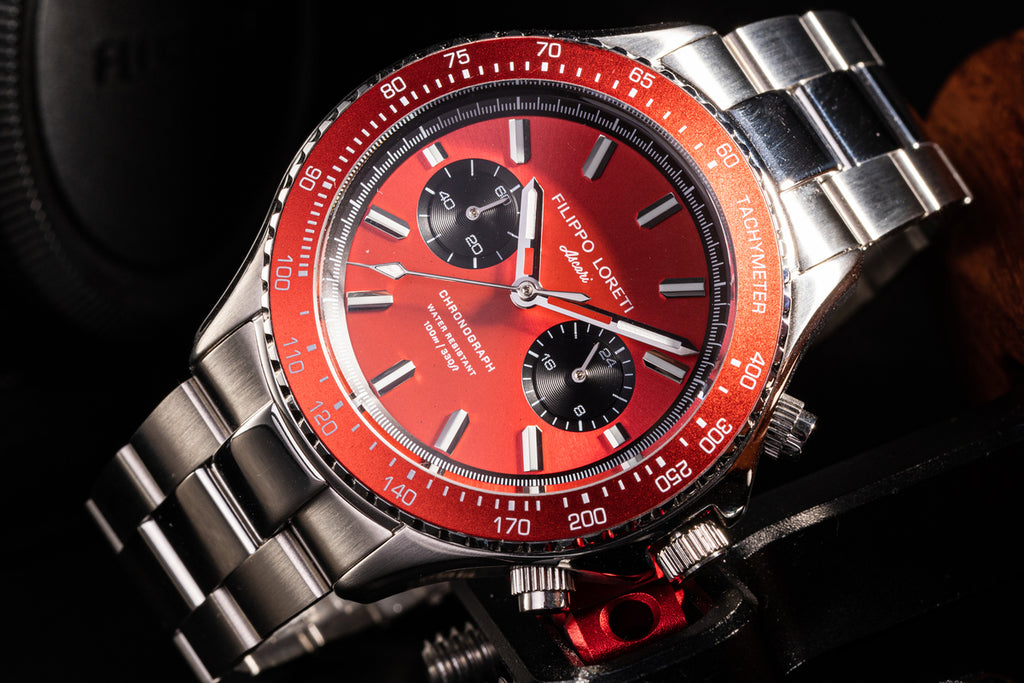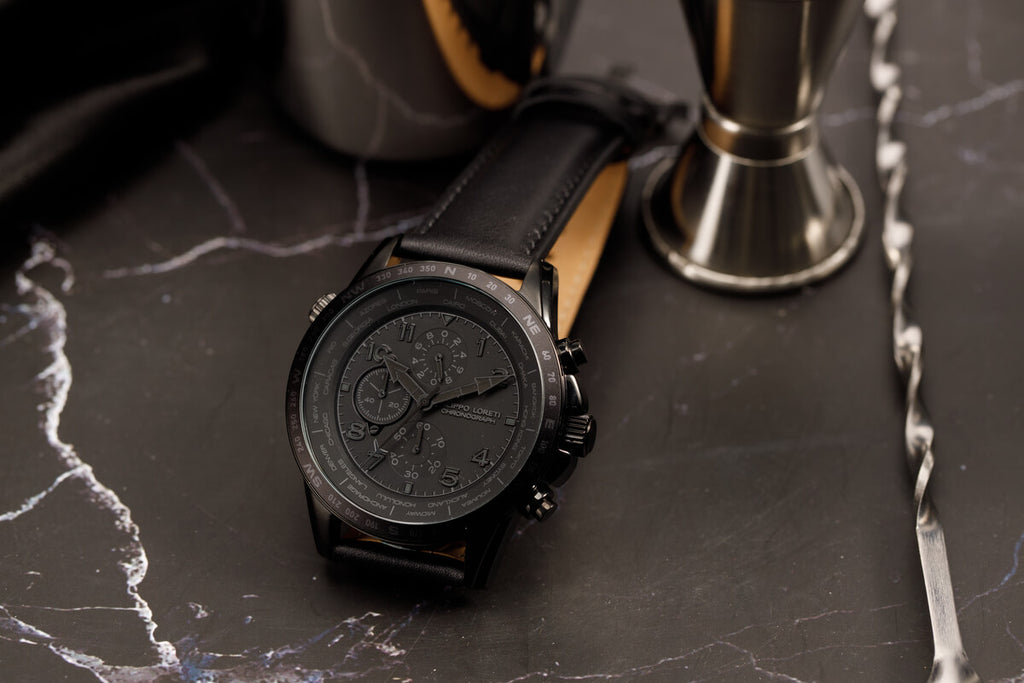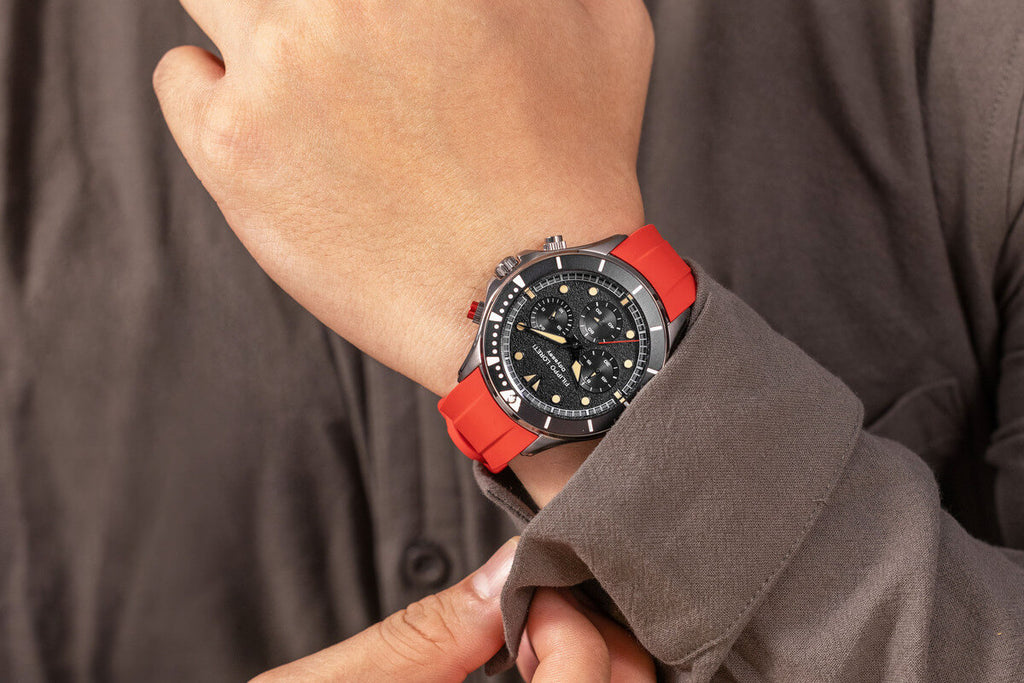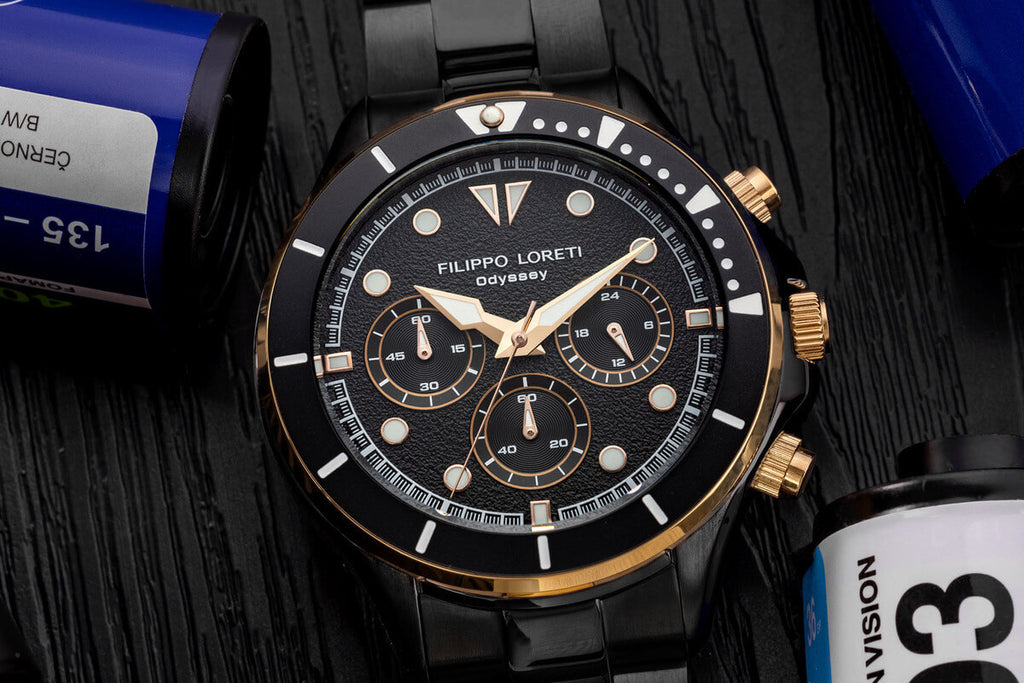Which is Better, Swiss or Japanese Watchmaking

EAST AND WEST
Back in the late 60s and early 1970s the Japanese decided to take on the Swiss at their own game by introducing a more affordable, more efficient, and more accurate option to Swiss watchmaking’s more traditional, more complicated and more expensive form of horology. The result was the mechanical watchmaking Armageddon called the quartz crisis, and it almost wiped Swiss watchmaking off the map.
Fortunately, Switzerland clawed tooth and nail to get back to their former glory as the luxury watch capital of the world. But what most people didn’t realize at the time was that the Japanese assault would have far longer, and farther-reaching consequences. So much so that a debate, one that has spanned decades, has recently reached a tipping point with the emergence of premium Japanese watchmakers like Grand Seiko and Orient Star: who makes the better watch, the Japanese or the Swiss?

In reality, the differences can be far and in between with the most differences (if ever) occurring in the types of watch movements both countries produce. As far as the Swiss are concerned, they have been producing some of the most stunning mechanical movements the world has ever seen…by hand! Which is something that they have been doing as far back as 500 years. And even if the Swiss watch industry has advanced in recent decades to a point that all sorts of machinery have been brought online to facilitate the Swiss watchmaking process, they still very often make and finish watches by hand.
Similarly, the Japanese also make and finish their timepieces by hand. The difference being, the Japanese take a more pragmatic approach to watchmaking and allow more industrialized and more highly precise machines to facilitate watch assembly. So, what is the actual difference?

To better answer that question, it is important to put things in the proper context. The history of Swiss watchmaking goes back to the early 16th century, when French and German watchmakers were already making clocks and large pocket watches. By the second half of the 16th century, however, a religious group of French Protestants who also happened to be the main artisans of French watchmaking called the Huguenots fled France to escape religious prosecution, and settled in…you guessed it, Geneva. So, thanks largely to France’s Draconian views on religion, Geneva became the center of Swiss watchmaking.
Japanese watchmaking on the other hand, was and always has been a relative newcomer to horology and only began making watches in the late 19th century with most of its growth occurring in the 20th century. So they had a lot of time (pardon the pun) to make up for. And because Japan has always been at the forefront of technology they realized in no short order that they could do the job better, faster, and more efficiently.

Thus, the Japanese approach to watchmaking has always been on the side of efficiency, precision and functionality. This bigger reliance on technology and automation has had the advantage of minimizing production and design errors, as well as the increase in the actual number of watches produced. Thus, for better or for worse, this has translated to more efficient watches at more affordable prices. Historically, they aren’t as pretty as their Swiss counterparts, though (at least until Grand Seiko executed their own form of revolution).
This scenario can be compared to a similar debate that’s been happening in the automotive industry: who makes the more efficient car, the Germans or the Japanese. The answer, it so happens is both it just depends on your point of view. The Germans make some of the most highly engineered cars in the world, and these cars will run at peak efficiency for a given period of time as long as the user strictly follows the severe maintenance regimen that the German manufacturers firmly impose.
The Japanese, typically, take a more pragmatic approach. They know that, realistically the user will NOT follow any maintenance regimen, strict or otherwise, at least not to a tee and the Japanese engineer their vehicles to compensate for that. So, who makes the better vehicle?

In many ways, Swiss watchmakers are exactly like German automakers. They over engineer their watches by spending hundreds of hours decorating movement parts that no one will ever see, and spend inordinate amounts of time creating watches with hundreds, sometimes a thousand, tiny pieces that work so smoothly with each other that they have set chronometer records in accuracy for mechanical timekeeping. But guess what, these movements don’t hold a candle to the accuracy to the simpler and Japanese invented quartz movement.
Swiss watchmaking focuses on form, function, and incomparable beauty within and without. As previously mentioned Swiss watchmakers spend hundreds of hours meticulously decorating their most coveted watches from the inside out, whether its decorating watch cases and bezels like jewelry; or hand painting, enameling or turning to exotic processes like marquetry to create exceptional dials; or painstakingly hand decorating excessively engineered movement parts that (as we said) literally no one will ever see has resulted in Swiss watches ranging anywhere from a few hundred dollars to a couple or more million depending on the brand and the type of watch.

Japanese watchmaking on the other hand are honed in the school of technology and efficiency. Their focus is on making the best possible timekeepers with the least amount of fuss, and that means serious automation in their watchmaking processes. This has resulted in two things: quartz powered watches produced in larger quantities, and/or mechanical watches that are made without the superfluous ornamentation but with greater efficiency. Alas, both of these have also resulted in less or zero exclusivity. And speaking of technology, the Japanese have also recently come out with hybrid meca-quartz movements the combine the best of mechanical and quartz movements. Just look at how bulletproof Toyota make their vehicles and you get an idea of how efficient a watchmaker like Seiko make their watches.
The flipside of that is how Toyota sister brand Lexus has constantly goaded the European big three automakers to up their game in terms of elegance and exclusivity, which is exactly what Grand Seiko, a Japanese watchmaker that also excels in hand craftsmanship and technologically advanced mechanical timekeeping have proven to be a wake up call to the Swiss horological holy trinity, namely Patek Philippe, Vacheron Constantin and Audemars Piguet.

So, who makes the better watch? We suppose it all boils down to personal preferences. Some prefer the exclusivity of it all, as well as knowing that some artisan in some manufactory in Switzerland spent the better part of his week decorating a single part of his multi-part mechanical timepiece, while others simply don’t understand the fuss. What’s the point of decorating something that will never be seen? Why pay hundreds of thousands of dollars, even millions for a timekeeper that will never be as accurate as a simple battery operated Casio. While others still, do understand the fuss, they just want something that has evolved beyond the typical 500-year-old traditional form of watchmaking. And there lies the rub: you simply have to find the best watch for you. Who knows? That might even be a Smartwatch.